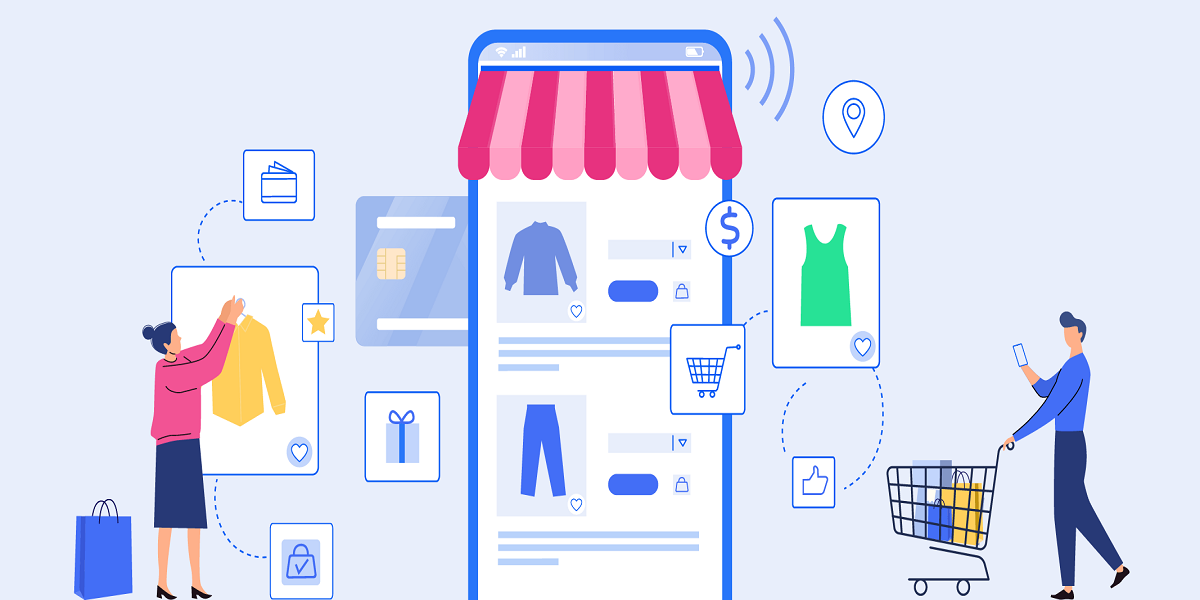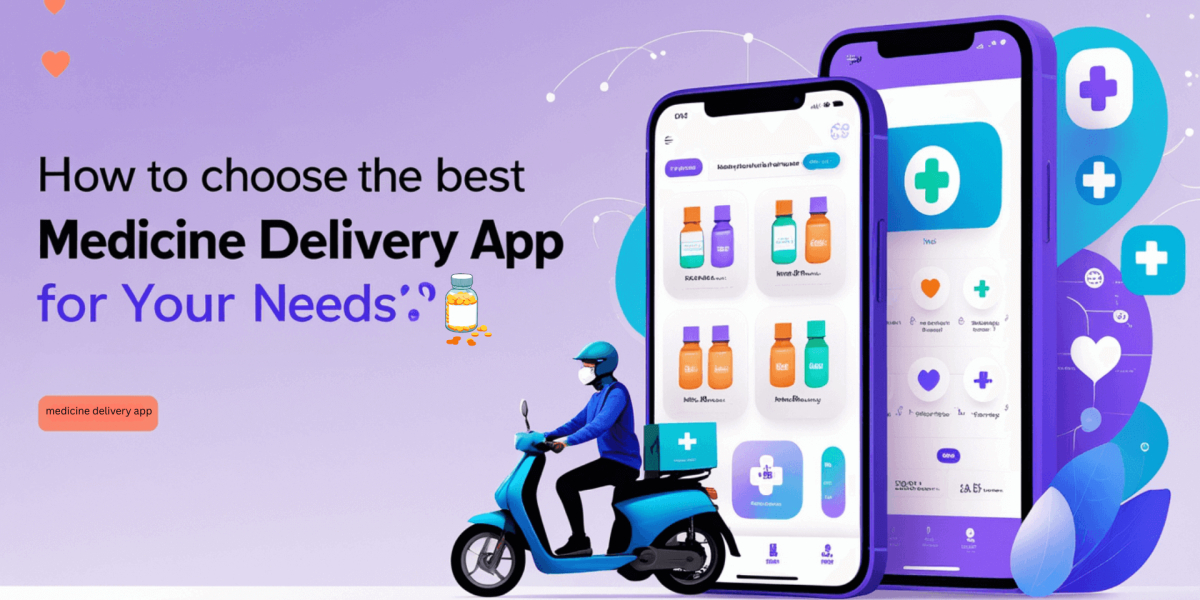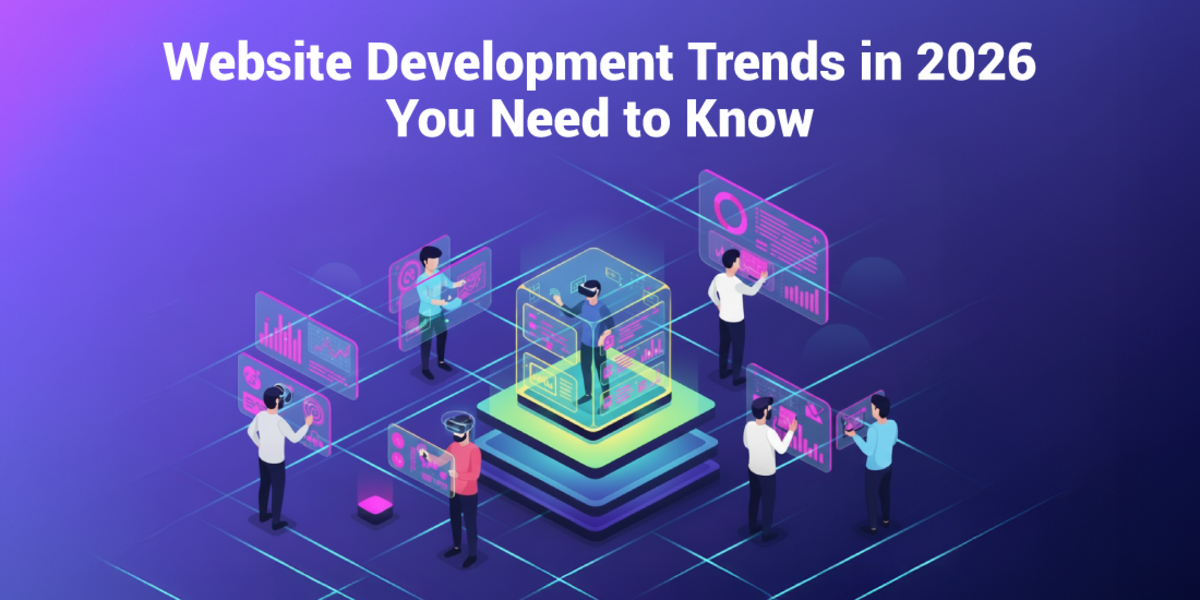10 eCommerce Trends That Are Powering Online Retail Forward in 2021
- By Ayush
- 18-05-2021
- E-commerce

The world of eCommerce changes every day and grows every hour, so much so that global e-retail sales crossed a jaw-dropping USD $4.2 trillion in 2020. Needless to say, the COVID-19 pandemic contributed to this immense growth as businesses worldwide were forced to go digital.
In a market with such potential, it is advised to rely on ecommerce trends prediction by experts. And with the data we have so far, the predictions don’t seem too far off the bullseye. For emerging businesses, it’s essential to consider the trends driving online retail further in 2021.
1. AR enters the eCommerce arena
Thanks to science fiction, Augmented Reality or AR has long been a technology that tech-enthusiasts dreamed about for decades before its arrival. Today, AR is on every tech giant and social media platform’s radar.
And now, it’s entering the world of eCommerce. But what can AR contribute to eCommerce? A lot, apparently. 63% of customers say AR would transform their shopping experience. AR technology helps:
• Imitate in-store shopping experience (without risk of physical contact)
• Virtually try-out products before buying for better product evaluation
• Keep customers engaged with curiosity for new AR features
• Better judge product dimensions via 3D visualization
• Avoid returns as customers make more informed purchase decision
• Create interactive and more engaging adverts for better reach
2. The switch to sustainability
Following the disaster that was 2020, companies around the world are finally taking sustainability seriously – a move very well-received by the modern consumer. Global climate crisis will push people to opt for sustainable goods.
Switching to sustainability means rethinking packaging, product, shipping, manufacturing, and returns. For packaging, focus on reducing packaging, recyclable materials, and reusable packaging designs will gain popularity.
For product, multipurpose product designs, organic ingredients for FMCG products, and holistic waste disposal planning will become essential. For shipping and returns, companies will have to be ready for scrutiny as alleged claims suggest returned items are often destroyed.
3. Enhanced mobile shopping
Mobile shopping is here to stay. Why? Because the customer of today looks for two things above everything else in their shopping experience: convenience and seamlessness. Sounds like your vibe? Consider checking out these tips before developing your own eCommerce mobile app for your business.
As smartphones become more and more powerful, capable, and faster with time, this trend is inevitable to accelerate even further. However, this brings in as much competition as it brings opportunity. To stay above the competition, it is essential for your eCommerce store to have a mobile app and adapt to the trend early.
4. Subscriptions become the norm
Subscriptions are becoming the new normal as people turn used to the idea of paying a monthly fee for continued benefits. The same trend, pioneered by services like Spotify, will now dominate the eCommerce market in 2021 and the years forth. As a seller, subscriptions help you:
• Increase revenue generation via recurring payments
• Better predict annual income for decision-making
• Decrease financial uncertainty in the business
• Better understand consumer buying habits
• Achieve greater levels of customer loyalty
• Increase customer engagement
5. Personalized ad experience
It’s no news to anyone that all major eCommerce sites, social media apps, and tech companies collect personal data of their users. This data then helps create a more personalized ad experience for customers according to their needs and preferences.
Personalizing the ad experience helps the customers find products they are looking for faster and bring greater satisfaction. Without personalization, you risk subjecting customers to irrelevant ads and poor product recommendations that they don’t want to see—driving them away.
6. Use of chatbots for customer support
Customer support is evolving and so is the way businesses interact with their customers and potential leads. Setting up an AI chatbot can help automate recurring customer queries and reduce the need for manpower.
Customers can simply type in their questions in the chat box, the chatbot scans the text for keyboards and suggests the customers for relevant solutions according to their concern. This helps save time and resources by having set solutions for recurring problems.
7. UGC continues to grow
UGC or User-Generated Content is the content created by the customers/fans of a brand, rather than the brand itself. In the recent years, UGC has started gaining popularity as brands look for new ways to market themselves. This trend will extend further in 2021. UGC helps by:
• Saving time and resources by not having to create content yourself.
• Displaying your customers’ trust in your brand and products to other potential leads for better engagement.
• Building a sense of community amongst your customers for greater customer loyalty.
8. Easy-buy video ads on social media
Video marketing is the future. With millennials and zoomers spending hours scrolling through social media, impulse buying is inevitable. But having to search for the same product again after seeing your ad takes a lot of time.
This may result in buyers losing interest and you losing sales. Instead, add a buy link along with the video ad that directly adds the item to the customer’s cart and takes them to checkout. This results in a more convenient shopping experience and customers making the purchase instantly.
9. Personal messaging takes over email
Email may still be the ideal way of communication between B2B, but not for B2C. A customer wanting to ask you a question regarding your product would not want to go through the hassle of writing a formal email. Here, personal messaging is taking the cake in 2021.
Direct messaging between businesses and customers across different channels including social media, retail, and online helps create multiple sources of incoming leads. You can then convert these leads into sales by personalized omnichannel advertising.
10. B2B takes a new turn
B2C is a pretty mature market with billions invested to make the shopping experience as convenient as possible, but the B2B market is foreign to this kind of seamlessness—until now. As millennials grow into the role of B2B buyers, the drive towards easier and faster trade between businesses increases. This allows:
• Minimizing delay in acquiring assets
• Increasing transparency in B2B trade
• Supporting small businesses via price-comparison options
• Easier searching of local traders to reduce shipping cost
eCommerce can be wildly confusing, but with the right knowledge of the latest trends, you can be sure your business stands the test of time.


.jpg)


